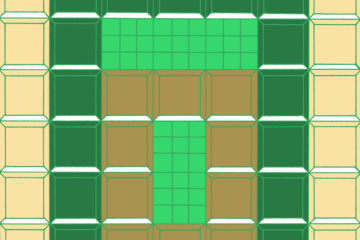The Sinclair Parallax – Documenting Cultural Shifts in Production Lines
In the 1920’s, the author Sinclair Lewis made famous the seedy underbelly of society, which, at that time revolved around a cultural shift from making-by-hand to automated-making. His work was both biting and prophetic; but, mainly, it was popular, and, therefore, influential. For several years previously, another Sinclair–the author Upton Sinclair–had also been documenting this societal shift. He carefully detailed the machinery that was changing lives and the resulting materialism and capitalism that was emerging. In the irony of life, Sinclair (Lewis) was full of humor and biting repartee while Sinclair (Upton) was dry and verbose.
I have always put the Sinclairs together in my mind as complimentary, not just because of their name, but because when combined, they create the perfect style of satire and cutting edge reporting that can effectively document something as large as a cultural shift. As I reflect today on the great changes going on, once again by modifying the way things are produced–in the fields of robotics and AI (Artificial Intelligence)–I see the Sinclair parallax emerging again. We are being steered in yet a new direction and it is daily full of excitement, corruption, major cultural shifts, and impact.
In our field, that of surface design, we are on the front lines of this shift. For the first time, we are able to print small batches of top-notch custom work in a range of materials for prices that allow the consumer to participate. No longer do we need to print minimum orders of 1000 yards in order for it to be a financially viable product. Nor, either, do we need to slave over those 1000 yards in labor-intensive, hand silk-screening processes. The variety of digital formats, mediums, and end products grows daily. 3D printing with wood polymers! Mixing media in the same work becomes effortless for the first time.
The Sinclair parallax–that combination of satire and investigative reporting–springs to my mind again, and I wonder who is capturing us for posterity? And, as an artist, I capture my question not in an essay format, but in creating a piece of work that reminds me of the Rube Goldberg-esque idea of factories and assembly lines and even robotic arms.

